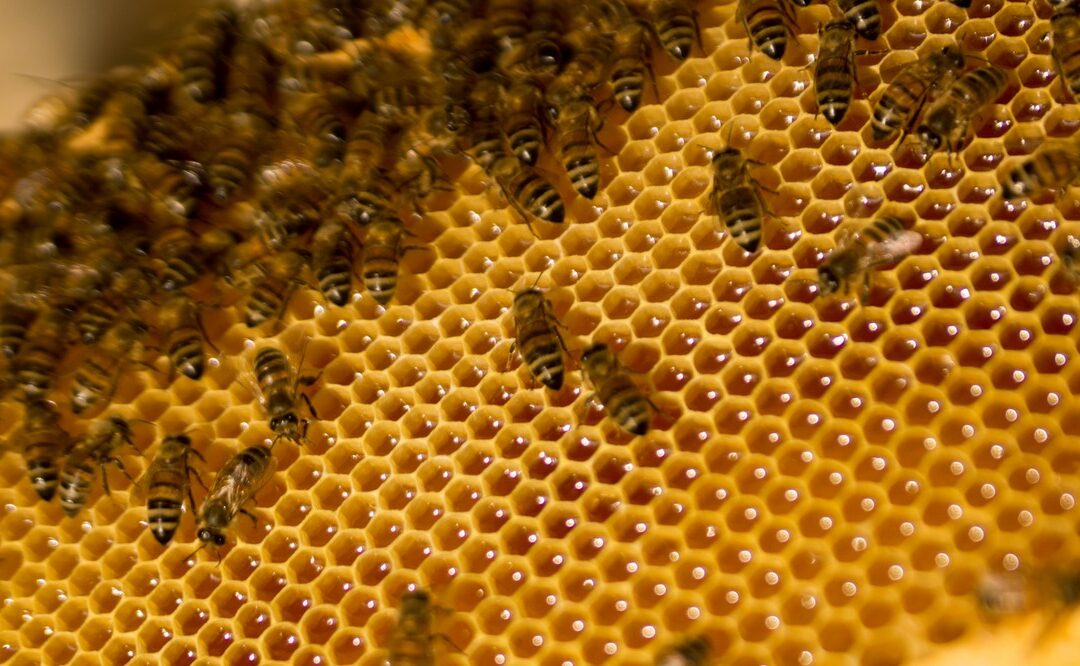Harvesting honey from a first-year nucleus colony, or nuc, can be possible, but it depends on various factors such as the strength and health of the colony, the local nectar flow, and the time of year. Here are some considerations:
- Colony Strength: A nuc is a smaller colony compared to a full-sized hive. The strength of the colony, including the number of worker bees and the presence of a laying queen, will influence honey production.
- Nectar Flow: Honey production depends on the availability of nectar from flowering plants in the area. If there is a strong nectar flow, the bees are more likely to produce surplus honey that you can harvest.
- Time of Year: The time of year also matters. In the first year, a new colony may spend much of its energy building up its population and resources. Harvesting honey too early in the season may not leave enough for the bees to sustain themselves through the winter.
- Management Practices: Proper hive management, including providing sufficient space for the bees to store honey and managing the health of the colony, is crucial. Ensure that the bees have enough honey reserves for their own needs before harvesting.
- Local Regulations: Be aware of any local regulations or guidelines regarding honey harvesting. Some regions have specific rules about when and how much honey can be harvested.
If you’re considering harvesting honey from a first-year bee nuc, it’s advisable to consult with experienced beekeepers in your local area or a beekeeping association. They can provide insights into local conditions, the specific needs of your colony, and the best practices for honey harvesting. Additionally, monitoring the hive and assessing its strength and resources will help you make informed decisions about whether and when to harvest honey from your first-year nuc.
Buy your bee nuc in March and harvest your first honey in July in the East Bay of San Francisco

